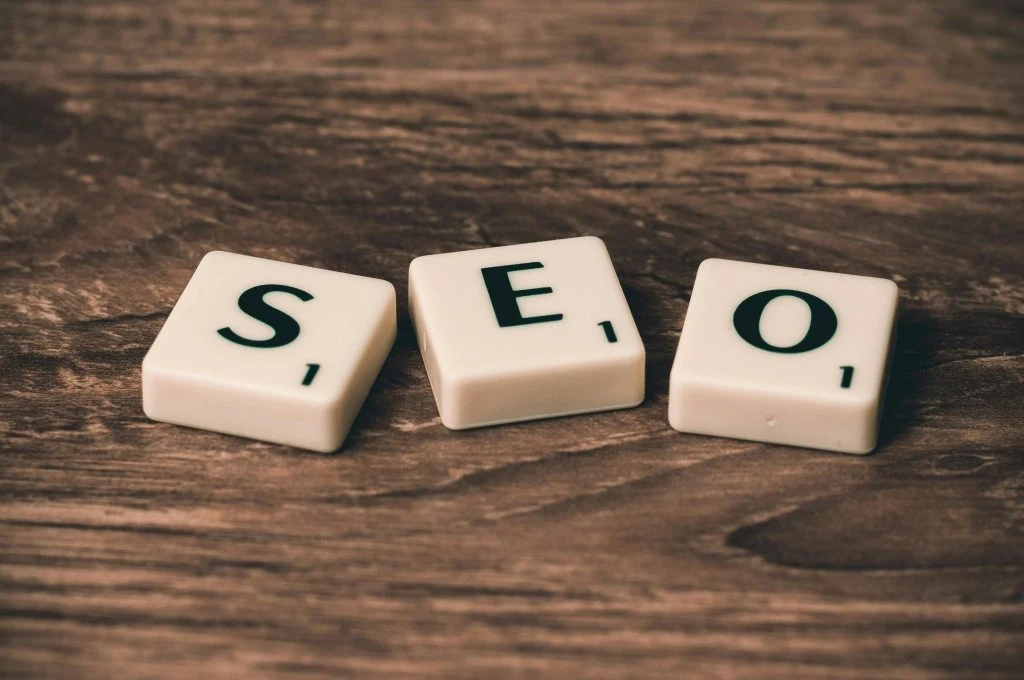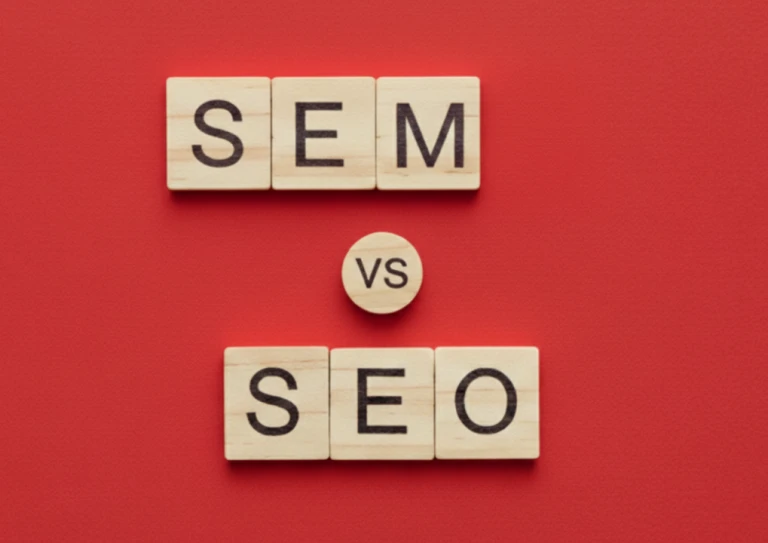SEO vs. SEM: Which One is Right for Your Business?
In today’s digital world, where visibility is everything, attracting customers often starts with search engines. Faced with this reality, many businesses find themselves asking: should we focus on SEO or SEM? While their names sound similar, these two marketing strategies have distinct goals and approaches.
Before diving in, it’s crucial to understand their differences to make an informed decision.
This guide breaks down what SEO and SEM are, their respective benefits, and how to use them—individually or together—to build a web marketing strategy that takes your business to the next level. Misunderstanding these tools could limit your ROI and slow down your growth.
Understanding the Basics of SEO and SEM
Before choosing a strategy, the first step is to clearly distinguish SEO from SEM. Having this clarity provides a strong foundation for crafting your marketing approach.
What is SEO (Search Engine Optimization)?

SEO, or organic search optimization, involves techniques to improve your website’s ranking in organic (unpaid) search results on platforms like Google. It’s a long-term process that builds your visibility over time.
Key aspects of SEO include:
- Sustainable traffic: SEO’s biggest advantage is generating qualified, lasting traffic. Once your site ranks well, it continues attracting visitors without requiring payment per click.
- Credibility and trust : Users tend to trust organic search results more than paid ads. A strong ranking boosts your brand’s authority and credibility.
- Time horizon : SEO is a long-term strategy. It typically takes several months (3 to 6 months on average) of consistent effort to see significant results.
- Examples of actions: Optimizing site speed, improving mobile usability, researching relevant keywords, creating high-quality content (like blog posts or guides), and building backlinks (link building).
What is SEM (Search Engine Marketing)?

SEM, or paid search marketing, covers all paid strategies to gain immediate visibility. The most common example is Google Ads, where businesses pay to display their ads at the top of search results for specific keywords.
Key aspects of SEM include:
- Immediate results: Once your campaign goes live and your budget is active, your ads are visible. It’s perfect for promotions, product launches, or quickly driving traffic.
- Control and measurability : SEM gives you full control over your budget, targeting (demographic, geographic), and messaging. Every aspect of the campaign is measurable, allowing for quick adjustments to optimize ROI.
- Time horizon : SEM is a short-term strategy. Visibility is directly tied to spending—if you stop paying, your ads disappear.
- Examples of actions: Creating text ads on Google Ads, running display campaigns on partner websites, or using remarketing to target users who have already interacted with your site.
Once you understand these differences, you can evaluate which approach aligns best with your immediate and long-term goals.
Should You Choose One or Combine Both?

The second step is determining whether to choose between these strategies or make them work together. While budget constraints may tempt you to pick just one, combining SEO and SEM is often the key to success.
Instead of viewing SEO and SEM as competitors, think of them as allies.
Use SEM for immediate results
If you’re launching a new product or running a limited-time offer, SEM is ideal. It helps you drive traffic and sales from day one while your slower SEO strategy begins to take effect.
Leverage SEM data to inform SEO
SEM campaigns provide a wealth of insights. You can quickly identify high-converting keywords, test engaging ad copy, and analyze user behavior. These valuable insights can then refine your SEO content strategy, focusing on high-potential keywords.
Use SEO for sustainable growth
The main drawback of SEM is its ongoing cost. SEO, on the other hand, builds a solid, long-lasting online presence. By investing in SEO, you gradually reduce your reliance on ad spend and ensure a stable source of traffic over time.
Real-World Examples of SEO + SEM Synergy
To demonstrate how these two strategies can complement each other, here are a few scenarios where their combination is especially effective:
- Launching a new website or product: At the beginning, your site has little to no SEO authority. Launch a SEM campaign to attract initial visitors and drive sales immediately. Simultaneously, implement an SEO content strategy to build organic visibility over the coming months.
- Owning the search results: By combining a SEM ad with a top-ranking SEO result for the same keyword, you double your presence on the search results page. This increased visibility boosts brand credibility and click-through rates.
- Seasonal campaigns: For events like Black Friday or the holiday season, SEM is essential for capturing high search volumes. Meanwhile, your SEO strategy ensures year-round visibility for related queries.
By following these steps, you’re not just choosing a tool—you’re building an integrated marketing engine.
Maximize the Complementary Power of SEO and SEM
Understanding the differences between SEO and SEM, recognizing their unique benefits, and crafting a combined strategy are critical steps to maximizing your ROI and achieving your marketing goals.
Remember, the ultimate objective is to strengthen your online presence in a sustainable and profitable way. By keeping your audience and goals at the center of your decisions, you’ll create a high-performing digital strategy that attracts and converts visitors.
Le SEO-driven builds the solid foundations of your visibility, while SEM acts as a gas pedal, delivering fast, measurable results.
👉 Chez customized strategyWe help companies build integrated digital strategies where SEO-driven and SEM work hand in hand to maximize ROI.
Would you like to find out more? Contact Us today to develop a strategy tailored to your objectives.






